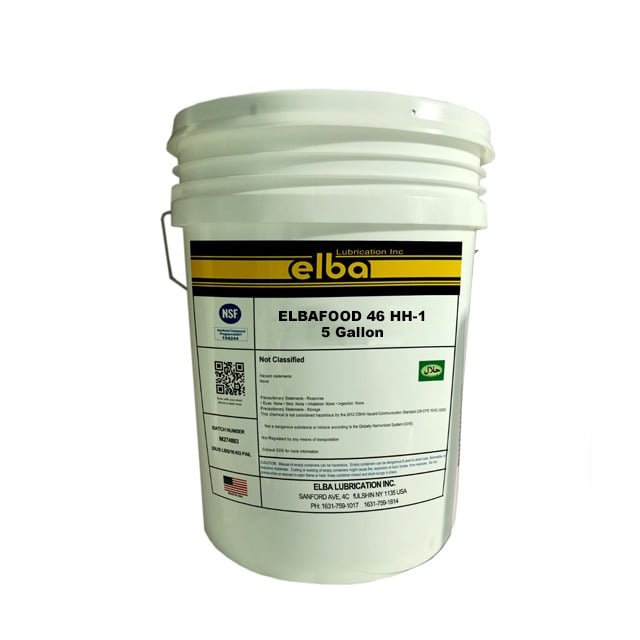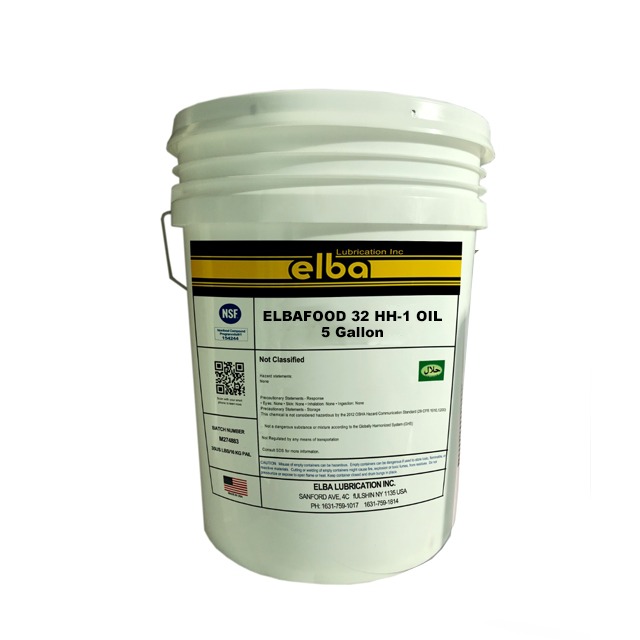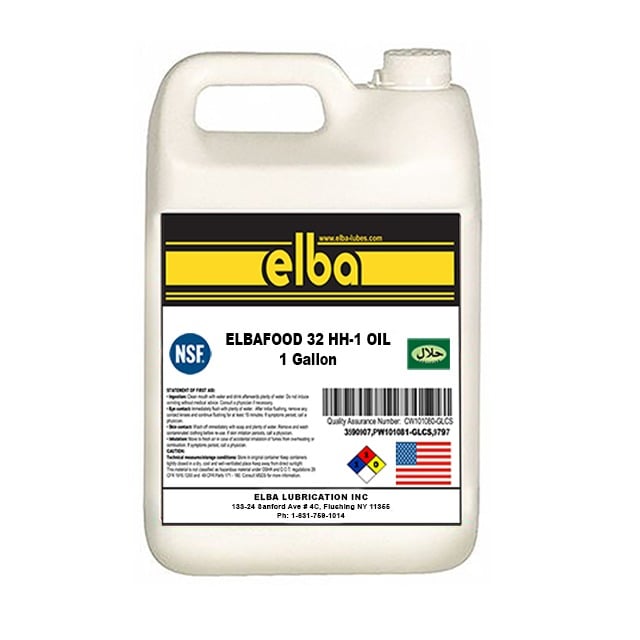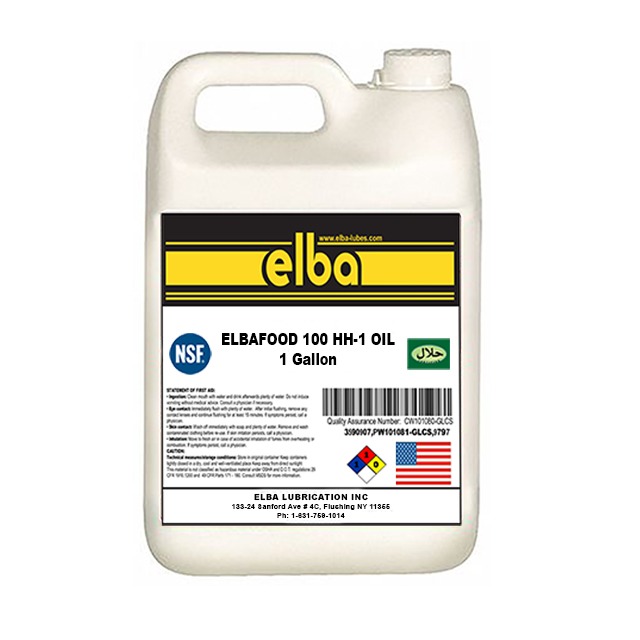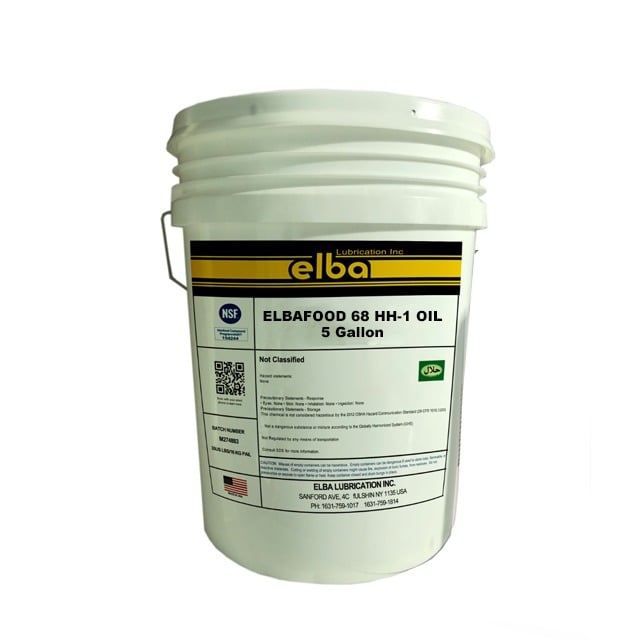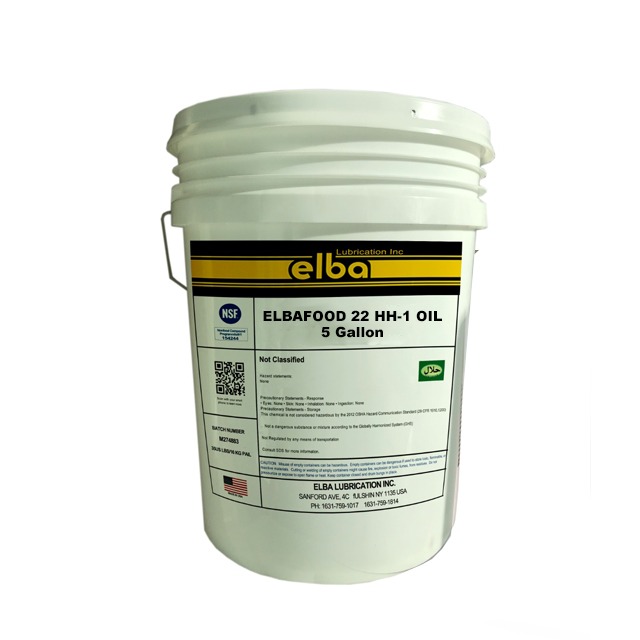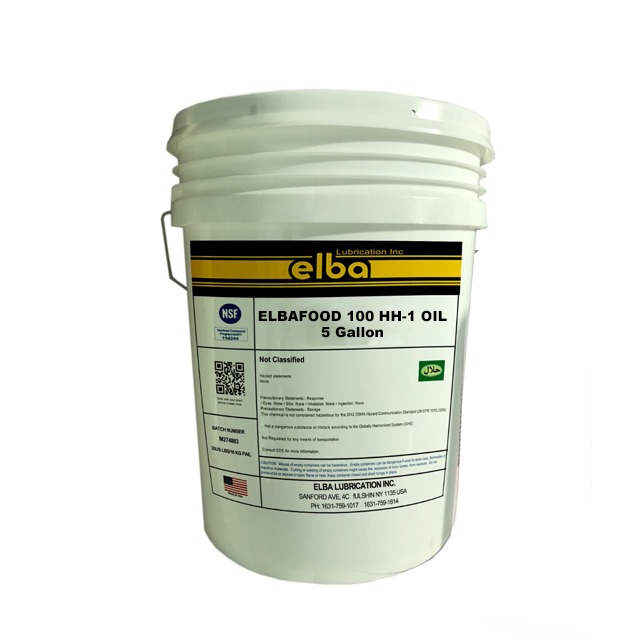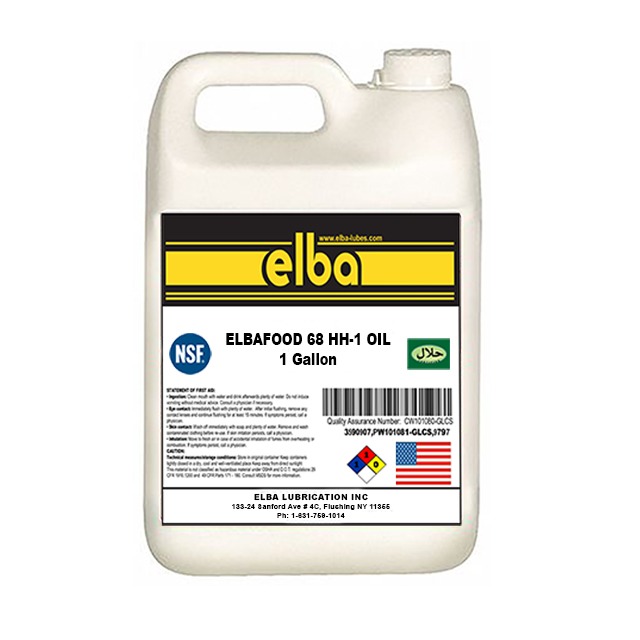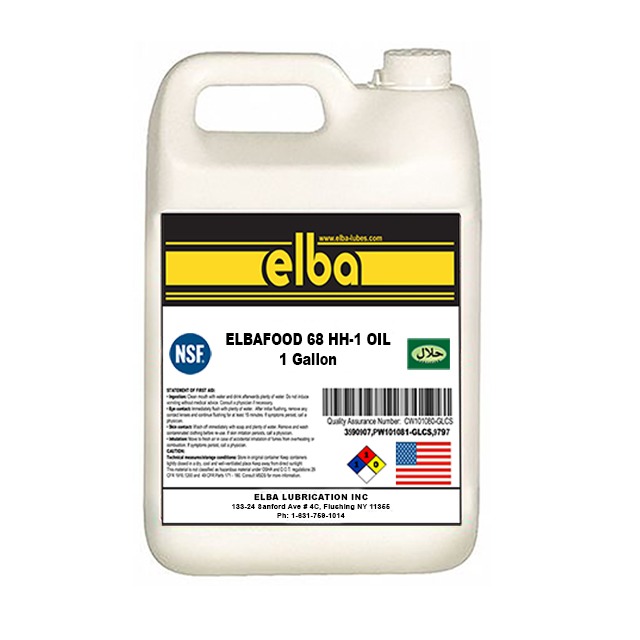HH1 Series, Greases and Lubricants
Results:
9
Manufacturer
Series
Viscosity @ 40°C
Grade
Viscosity Index
Operating Temperature
Type
Dropping Point
Thickener
Base Oil
Color
Texture
Results remaining:9
Applied Filters:
HH1
About Greases and Lubricants
Greases and lubricants play a crucial role in safeguarding surfaces from the damaging effects of friction. Whether in industrial automation or other applications, these substances are essential for preventing wear and minimizing downtime. Grease is a semi-solid substance that transforms into a liquid state when exposed to heat. It typically consists of a base oil, thickening agents, and additives that enhance its performance characteristics. The semi-solid consistency of grease allows it to stay in place and adhere to surfaces, providing long-lasting lubrication and protection against friction. Grease is often used in applications where continuous lubrication is required, such as in bearings, gears, and sliding mechanisms. On the other hand, lubricants are substances that are already in a liquid state. They can be oils, synthetic fluids, or specialty compounds designed to reduce friction and protect surfaces. Lubricants have lower viscosity compared to grease, which enables them to flow more easily and reach parts that may be difficult to access. They are commonly used in systems where both high-speed and low-friction performance is essential, such as hydraulic systems, engines, and precision machinery. In Industrial Automation & Controls, greases and lubricants play a vital role in ensuring the smooth operation and longevity of equipment. They provide a protective barrier between moving parts, reducing friction, heat, and wear. By minimizing frictional forces, greases and lubricants contribute to increased efficiency, reduced energy consumption, and extended equipment lifespan. Moreover, these substances help prevent corrosion, contamination, and the formation of rust on surfaces, enhancing the reliability and performance of critical components. Regular maintenance practices involving the application or replenishment of greases and lubricants are essential to prevent equipment failures, breakdowns, and costly repairs. In summary, greases and lubricants are indispensable for protecting surfaces against friction-induced wear. While grease provides semi-solid, long-lasting lubrication, lubricants are already in a liquid state, allowing them to flow more freely. In Industrial Automation & Controls, these substances are essential for ensuring the efficiency, reliability, and durability of equipment, reducing downtime, and maximizing productivity.

